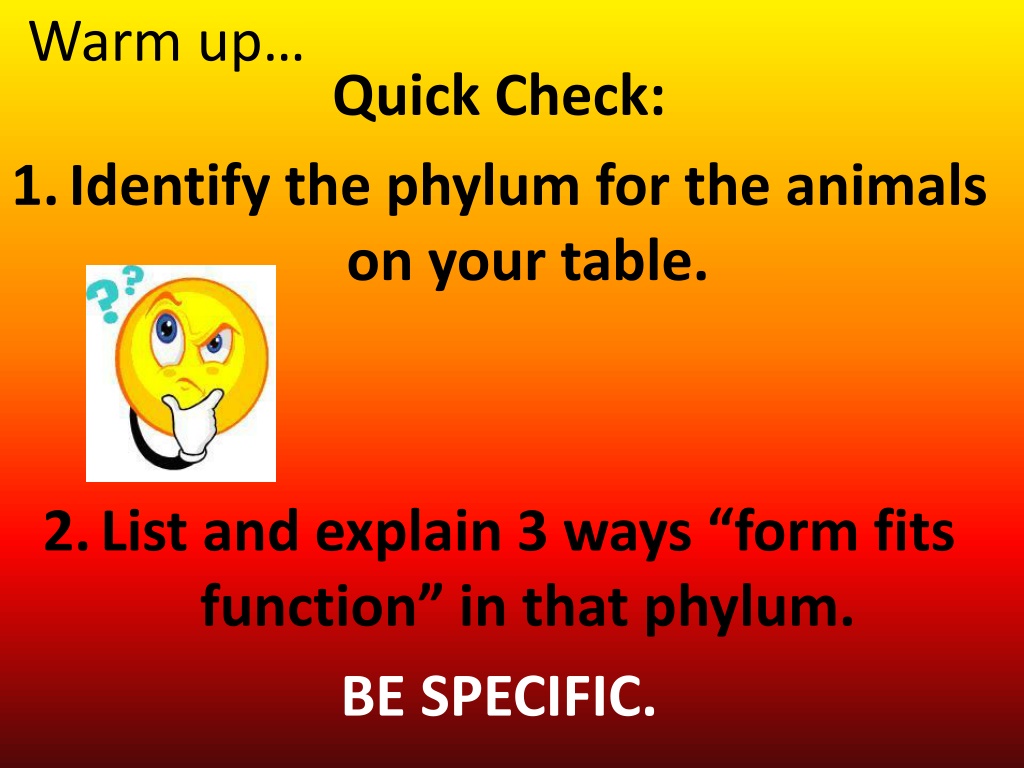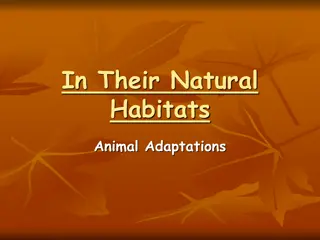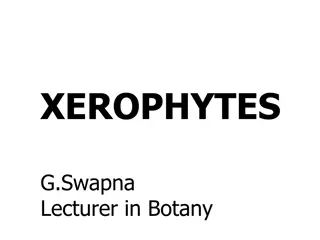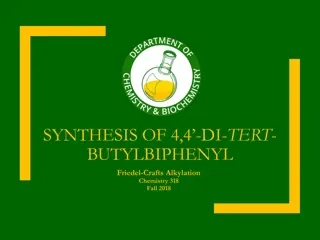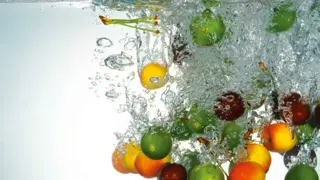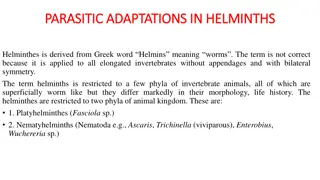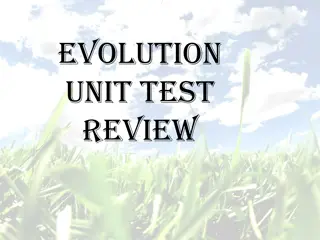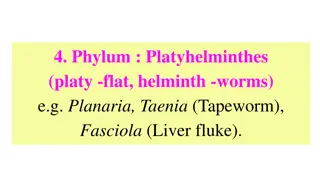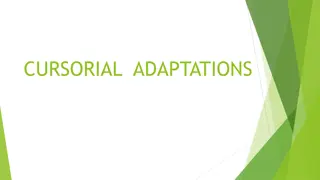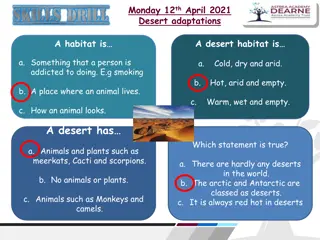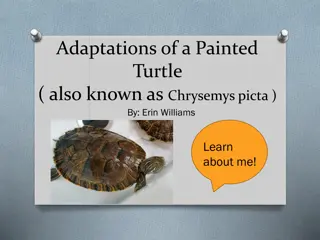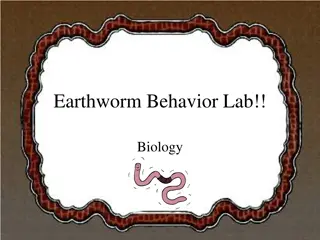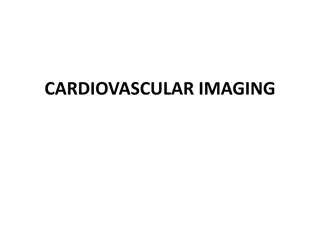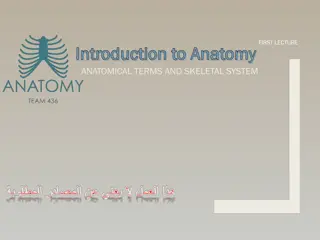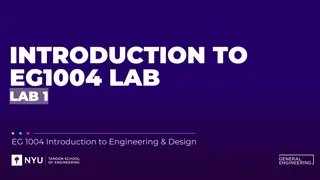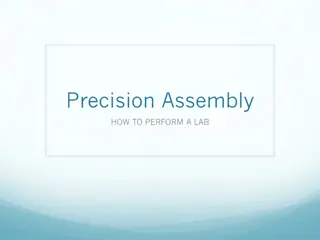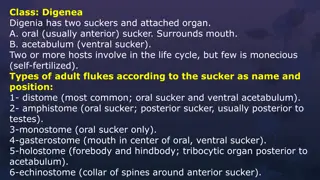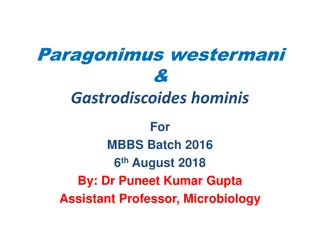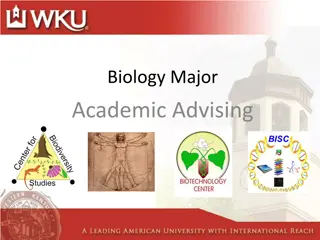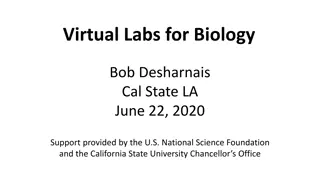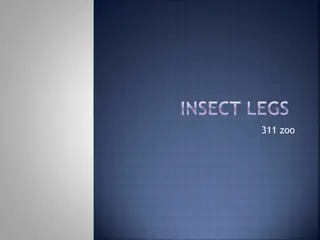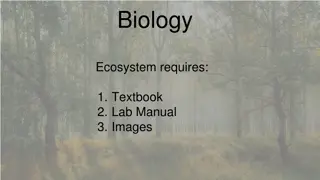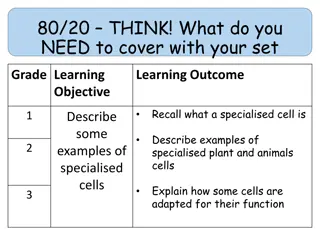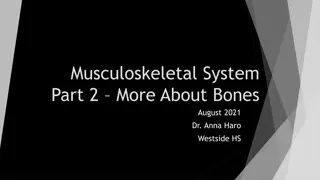Exploring Crayfish Anatomy and Adaptations in Biology Lab
Explore the fascinating world of crayfish anatomy and adaptations through hands-on dissection activities in a biology lab setting. Identify phylum, examine external anatomy, study compound eyes, and delve into the function-form relationship within the phylum. Engage in interactive tasks like drawing, labeling structures, making flashcards, and creating a crossword puzzle. Learn about the unique features of crayfish and their adaptations for survival. Conclude with reflections on newfound knowledge and experiences gained from the lab session.
Download Presentation

Please find below an Image/Link to download the presentation.
The content on the website is provided AS IS for your information and personal use only. It may not be sold, licensed, or shared on other websites without obtaining consent from the author. Download presentation by click this link. If you encounter any issues during the download, it is possible that the publisher has removed the file from their server.
E N D
Presentation Transcript
Warm up Quick Check: 1.Identify the phylum for the animals on your table. 2.List and explain 3 ways form fits function in that phylum. BE SPECIFIC.
Crayfish Dissection Tic Tac Toe Read the lab and draw sketches of the structures you will need to label on your diagrams. Write the name of each structure beneath the sketch. (use the descriptions, your text and the materials on your tables to help you) Read the lab and make flashcards for each structure you need to label on your diagrams. The name should go on the front and the function should go on the back. (attach your flashcards to your packet) Read the lab and make a list of every structure you need to label on your diagrams. Write the function (job) of each next to its name. (attach your list to your packet) Read the lab and highlight every structure you need to label on your diagrams. Underline the function of each structure. Complete the virtual or physical crayfish dissection. Answer the questions, label the diagrams and write the conclusion. Write a short poem or song that follows the path of food through a crayfish from mouth to anus. Obtain an article about crayfish or some other arthropod from Mrs. Lock. Read the article and summarize it in one paragraph. Then, in a second paragraph, describe the adaptations that arthropod has to be successful. Use a good science website to find an article about an arthropod. Summarize the contents of the article in a paragraph, or make your own illustration/picture for this article. Create a crossword puzzle about the crayfish using the structures you labeled as the answers and their functions as the clues.
Crayfish Dissection Read and EXTERNAL ANATOMY PROCEDURE AND OBSERVATIONS: A. Put on goggles, a lab apron and gloves. Place the crayfish in the dissecting tray with its top side up. Like all crustaceans, a crayfish has an exoskeleton that covers its body. Look at the exoskeleton and find the two sections, the cephalothorax and the abdomen. The part of the exoskeleton that covers the cephalothorax is called the carapace. The abdomen is behind the cephalothorax and is also divided into sections. Count them. The abdomen ends in a segment called the telson. 1. How many segments does the crayfish have in its abdomen? B. The carapace extends toward the front of the animal s body and forms a hard beak called the rostrum. Find the compound eyes that lie beneath the rostrum. Examine the eyes with a hand lens and see if you can observe the many lens facets that make up a compound eye. Observe the diagrams and models of lens facets/compound eyes provided by your teacher. What is the difference between a compound eye and your eye?
Exit Quick Check: 1.What is 1 thing you have learned today about the crayfish? BE SPECIFIC.
Warm up 1.What is 1 thing you have learned yesterday about the crayfish? 2.What have you finished with the crayfish lab? 3.What do you need to work on today for the crayfish lab? BE SPECIFIC.
Warm up 1.In your vocabulary packet, please define the following: Sponge Cnidarian Flatworm Roundworm Mollusk
Crayfish Dissection Tic Tac Toe Read the lab and draw sketches of the structures you will need to label on your diagrams. Write the name of each structure beneath the sketch. (use the descriptions, your text and the materials on your tables to help you) Read the lab and make flashcards for each structure you need to label on your diagrams. The name should go on the front and the function should go on the back. (attach your flashcards to your packet) Read the lab and make a list of every structure you need to label on your diagrams. Write the function (job) of each next to its name. (attach your list to your packet) Read the lab and highlight every structure you need to label on your diagrams. Underline the function of each structure. Complete the virtual or physical crayfish dissection. Answer the questions, label the diagrams and write the conclusion. Write a short poem or song that follows the path of food through a crayfish from mouth to anus. Obtain an article about crayfish or some other arthropod from Mrs. Lock. Read the article and summarize it in one paragraph. Then, in a second paragraph, describe the adaptations that arthropod has to be successful. Use a good science website to find an article about an arthropod. Summarize the contents of the article in a paragraph, or make your own illustration/picture for this article. Create a crossword puzzle about the crayfish using the structures you labeled as the answers and their functions as the clues.
Monday 1.Only the door by Ms. Van Ness will be open to enter 2.ALL belongings in hallway 3.Bring ONLY your Crayfish packets and a PENCIL 4.You will be given a Crayfish Dissection group when you arrive
Exit 1.What is 1 thing you have learned today about the crayfish? 2.What do you need to do this weekend for the crayfish lab? BE SPECIFIC.
Day 1; External 1.Find your lab station with your number. 2.Put on goggles and an apron. 3.Wait for more directions.
Day 1; External 1. Cover the crayfish with the paper towel 2. Make sure all tools are in the pan 3. Put the number back on the top so the next class can see it 4. Fold apron and put it away; put goggles away 5. THROW OUT all gloves 6.WASH HANDS-EVERYONE!!!!!!!!!!!!!!!!!!!!!!!!
Day 1; External 1.On an exit slip, describe 1 way form fits function in the external anatomy of the crayfish. 2.Drop it in the bucket on your way out the door.
Day 2; Internal 1.Find your lab station from yesterday. 2.Put on goggles and an apron. 3.Wait for more directions.
Day 2; Internal
Day 2; Internal brain
Day 2; Internal 1.Throw the crayfish, all parts and towels in the trash 2.Put 2 new towels in the pan 3.Make sure all tools are clean and in the pan 4.Fold apron and put it away; put goggles away 5.THROW OUT all gloves 6.WASH HANDS-EVERYONE!!!!!!!!!!!!!!!!!!!!!!!!
Day 2; Internal 1.On an exit slip, describe 1 way form fits function in the INTERNAL anatomy of the crayfish. 2.Drop it in the bucket on your way out the door.
Day 3; Warm up 1.What is a structure? 2.What are some characteristics that are part of the form of a structure? 3.Complete the chart below with specific examples: Structure Form Function How form fits function
Crayfish Conclusion Paragraph 1: What is an invertebrate What is an arthropod Thesis/topic of crayfish Paragraph 2: Symmetry Organs Digestion Movement Paragraph 3: How does Form fit function in the crayfish? Why is the arthropod considered advanced?
